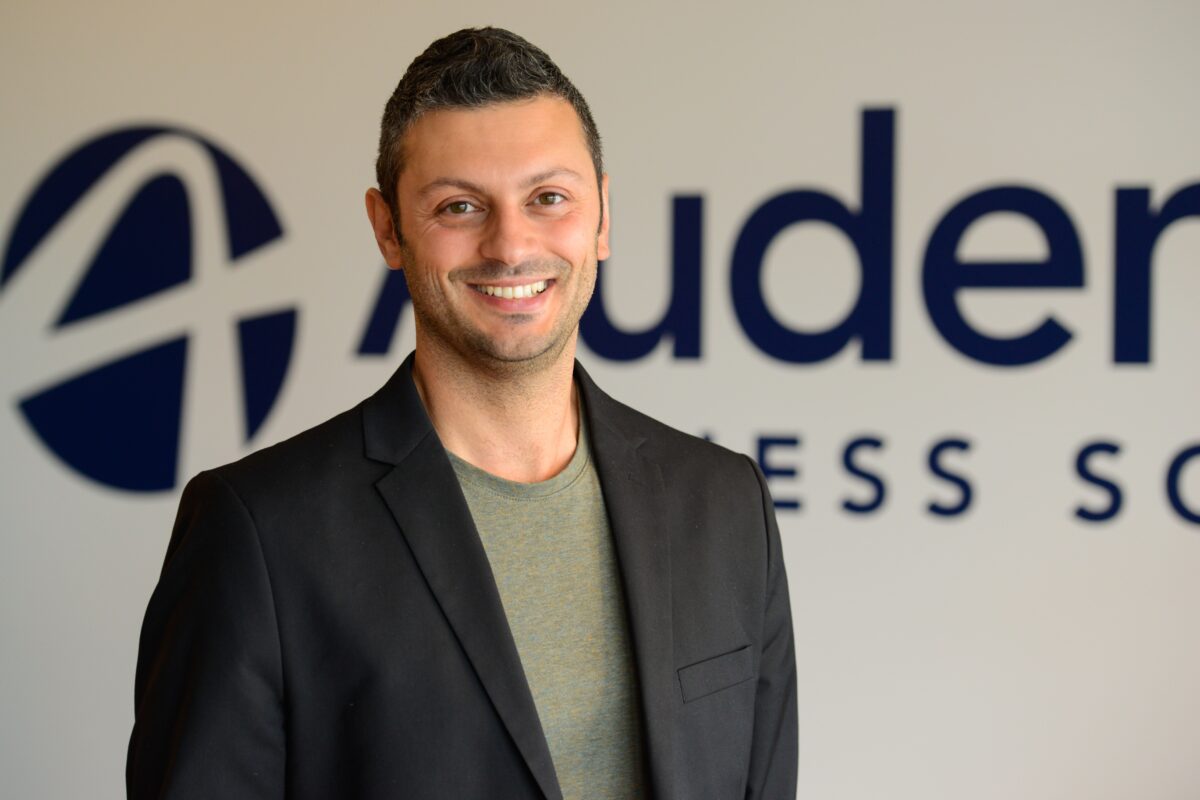Getting your bearings in the copyright landscape

The Copyright Licensing Agency has launched an interactive online guide to help college staff understand copyright. In the fourth and final article of this series, CLA Education Account Manager Julie Murray explains why this resource was developed, and how it can benefit educators and college staff.
This CLA series supports the launch of the Copyright Essentials training guide, which you can access here. CLA Copyright Essentials was designed and created by Julie Murray, Education Account Manager. Before CLA, Julie was Head of History & Politics at an 11-18 state school in outer London. Here we find out more about this new resource’s development and benefits.
Why did you make Copyright Essentials?
I joined CLA from teaching 9 years ago, and truth be told, didn’t know much – let’s be honest anything! – about copyright. From experience, I knew that educators are time-poor with a heap of other concerns and responsibilities, but the more I talked to people with a CLA hat on, I also realised there was a degree of stigma around copyright. People were worried about it, thought we were checking up on them, thought they might get in to trouble. And I could tell they thought it was a confusing, legal mire that they just didn’t want to get sucked into.
Basically there were a lot of very understandable misconceptions that we needed to address. Copyright is a choice given to a creator, a licence is an enabler not a restriction, and CLA isn’t the copyright police, but an organisation that pays creators back for the use of their work.
We’d therefore been thinking about creating accessible and user-friendly training for a while, and our motivation was galvanised when we saw the results of our annual surveys. When asking respondents how we could help them understand copyright better, quick online training ranked highly year on year.
What will people learn?
The course is an introduction and overview to copyright, permissions and licences. Users will find out what copyright is, and how it affects them in their role as educator. It’s not about restriction – there’s various ways people can copy and re-use and the course covers those different types of permission. Licences, like the one CLA manages, are explained, along with the questions that people can ask to help them Copy, Right. Copyright is very much based on the circumstances of each case, but by knowing the various factors that can have an impact, users will leave the course better armed to make the right choices for themselves and also creators.
Will this help learners as well as educators?
The guide itself is designed for educators and college staff, but the guide does consider how copyright affects learners, and how we can model good practice. Our learners will, if they’re not already, go on to be consumers and producers of content. Some will even try to make a living out of their creations. FE colleges more than most institutions have incredibly strong bonds with the creative industries, which copyright – and indeed other types of Intellectual Property – protects. This guide highlights why it’s so important that they know about copyright, know what it means and know how it will affect them.
How is the course delivered?
We always had educators and college staff in mind when we designed and created this course. It’s bitesize, interactive and scenario-led to be as helpful as possible. The course is a 30-minute online guide, which can be started and resumed later if needed. It’s predominantly video based so that you can pause, rewind and repeat, and it’s sprinkled with quizzes, questions and card sorts to help you check in on your understanding. A certificate is issued on completion and we’re delighted that the course has been CPD Certified, so it can support your professional development.
Why should people complete the course?
Copyright is everywhere, in everything we create, share, use, re-use and copy. Behind all that content is a creator – like Neil Mason and Ann Gravells, and copyright helps to support that creator’s decisions about how their work is used. By completing this course, users will be able to understand that landscape, and be better placed to make well-informed decisions next time they create, share, use, re-use and copy. For educators, who use and generate materials in every lesson, this is particularly important. The guide isn’t just about you respecting others’ rights, it’s about knowing yours.
How does it feel now the course is live?
The guide has been live for a couple of months now, and I’m so delighted at not only the number of people taking it, but the positive feedback we’re receiving, particularly from the FE sector. We can see clutches of registrations at the same college, where people are clearly passing it round because they think it’s useful. That really makes me happy – there’s no greater praise in education than knowing people are nudging each other saying ‘this is handy’.
By Julie Murray, Education Account Manager, Copyright Licensing Agency











Responses